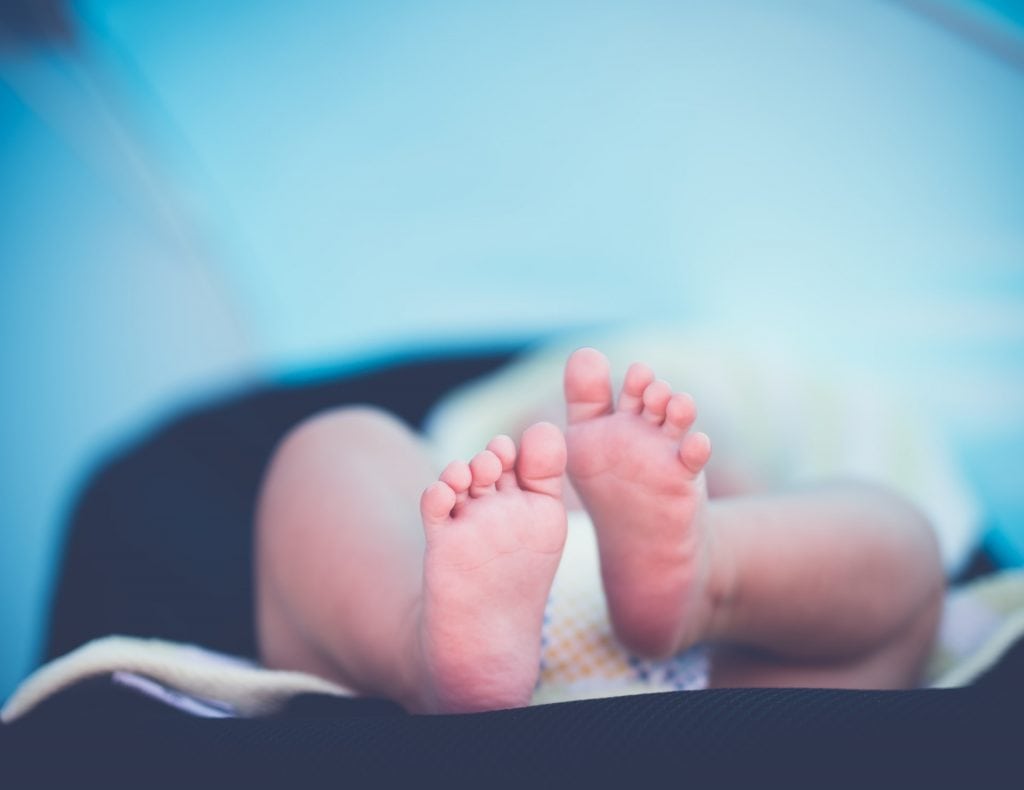Picking a diaper becomes an extra sensitive issue if your child has underlying skin conditions. Certain diaper features become a must-have — like a wetness indicator.
I would know since my daughter has had some medium severity dermatitis since birth. So we had to pay attention to the wetness of the diaper as it can cause a rash. I’ll share what I learned. I’ll also cover all the important aspects associated with wetness indicators, and their importance and also give you a few examples.
Which Diaper Has Wetness Indicator?
Here’s a list of brands that thankfully go all out to design diapers that include wetness technology in their diapers:
- Pampers: Swaddlers, Pure Protection and Baby-Dry
- Huggies: Little Movers or Little Snugglers, Little Snugglers Diapers Plus, and Overnites
- Hello Baby: Li’l Floaters
- Bambo Nature: Love Diapers
- Luvs: From newborn Diapers to size 6
- Andy Pandy: Premium Bamboo and Sample Diaper Pack
- Up & Up: Giant Pack, Overnight Diapers, Small Pack, Economy Plus Pack, and Diapers Super Pack
- Parasol: Clear + Dry
- Dyper: Bamboo Diapers
- Babyganics: Skin Love Diapers from newborn to size 6.
- Kirkland: Kirkland Signature Supreme
How Do Wetness Indicators Work?
You’ll notice that each of the above-mentioned diapers features yellow lines that run along the length of the diaper. When fresh and dry – as is the case at the beginning of each nappy change – these lines are yellow. The moment you notice that these lines have turned blue, it means that the diaper is wet and it’s time for a nappy change.
So, how exactly does this brilliant technology work? How about a short chemistry lesson?!
These wetness indicators contain a chemical called bromophenol blue. This chemical is essentially a pH indicator that serves to detect the alkalinity or acidity of a particular substance — urine being the subject of interest in this regard. Bromophenol blue appears yellow in its original state before coming into direct contact with urine. Bear in mind that urine is slightly alkaline in nature. Once this alkaline fluid comes into contact with bromophenol blue, it changes the chemical compound into a blue color resulting in the blue line.
And that’s the simple science behind this complex concept! I must say, I get so excited by the way in which science and technology continuously make the life of the modern-day parent easier and more convenient. Well, with my science background my excitement is understandable, I guess.
Why Wetness Indicators Are Important
I don’t need to remind you how incredibly uncomfortable a wet diaper is for your little one. A baby’s skin is very sensitive. So, when your baby’s bottom is left sitting in a wet diaper — especially for prolonged periods — this results in a diaper rash.
Your little one’s skin becomes macerated under the diaper. Not only is this painful but also very itchy and extremely uncomfortable for your child. In extreme cases, complications may arise where a simple rash can result in secondary infection such as atopic dermatitis or turn into a yeast infection.
That’s where wetness indicators come in. To signal when the diaper is wet and notify you that it’s time for a nappy change without even opening it. Your baby is kept dry. His or her clothes are kept dry. Everyone is happy.
FAQs
Before I wrap this article up and share my final thoughts with you, I thought I’d answer two of the questions that I get asked often. Here goes.
Do wetness indicators work on poop?
What you need to know is that wetness indicators react to moisture. So as long as the poop is wet then yes, it’ll turn blue.
Should you change a baby’s diaper at night?
Generally, you want to change your baby’s diaper every two to three hours – day or night. This is because poop and urine will irritate your baby’s skin resulting in rashes. If your baby has sensitive skin, make sure you use dedicated night diapers and also consider applying diaper cream just before you put them down to sleep. This is why I wrote a separate article comparing Pampers Baby Dry to Overnight diapers.
When you do change the diaper, just make it quick and quiet to avoid waking up your little one.
Conclusion
Know this: the slightest amount of urine can turn a diaper’s wetness indicator blue. Some parents would argue that upon inspection of such a diaper, it may still feel dry and therefore not be wet enough to cause a rash.
Do you change the diaper as soon as you see a blue line or leave it on for a while till it’s slightly damp and squishy?
While it is entirely up to you, I’d say change it as soon as you notice a blue line — even if it’s barely wet. Maybe I’m of this opinion since my daughter had highly sensitive skin. I just couldn’t afford to take chances. What about you? Would you attempt to save a couple of dollars at the expense of your little one’s comfort? What’s your take?
